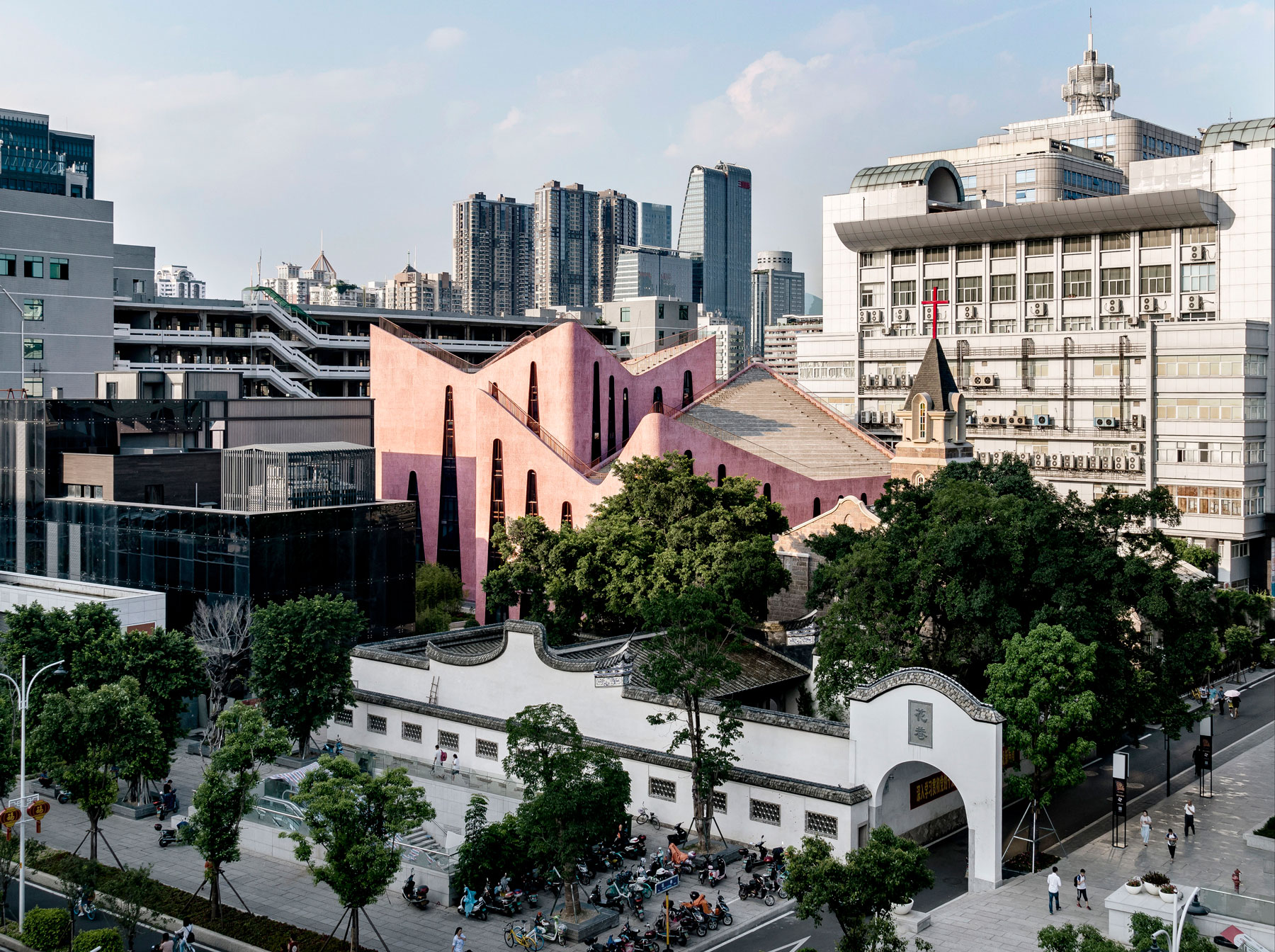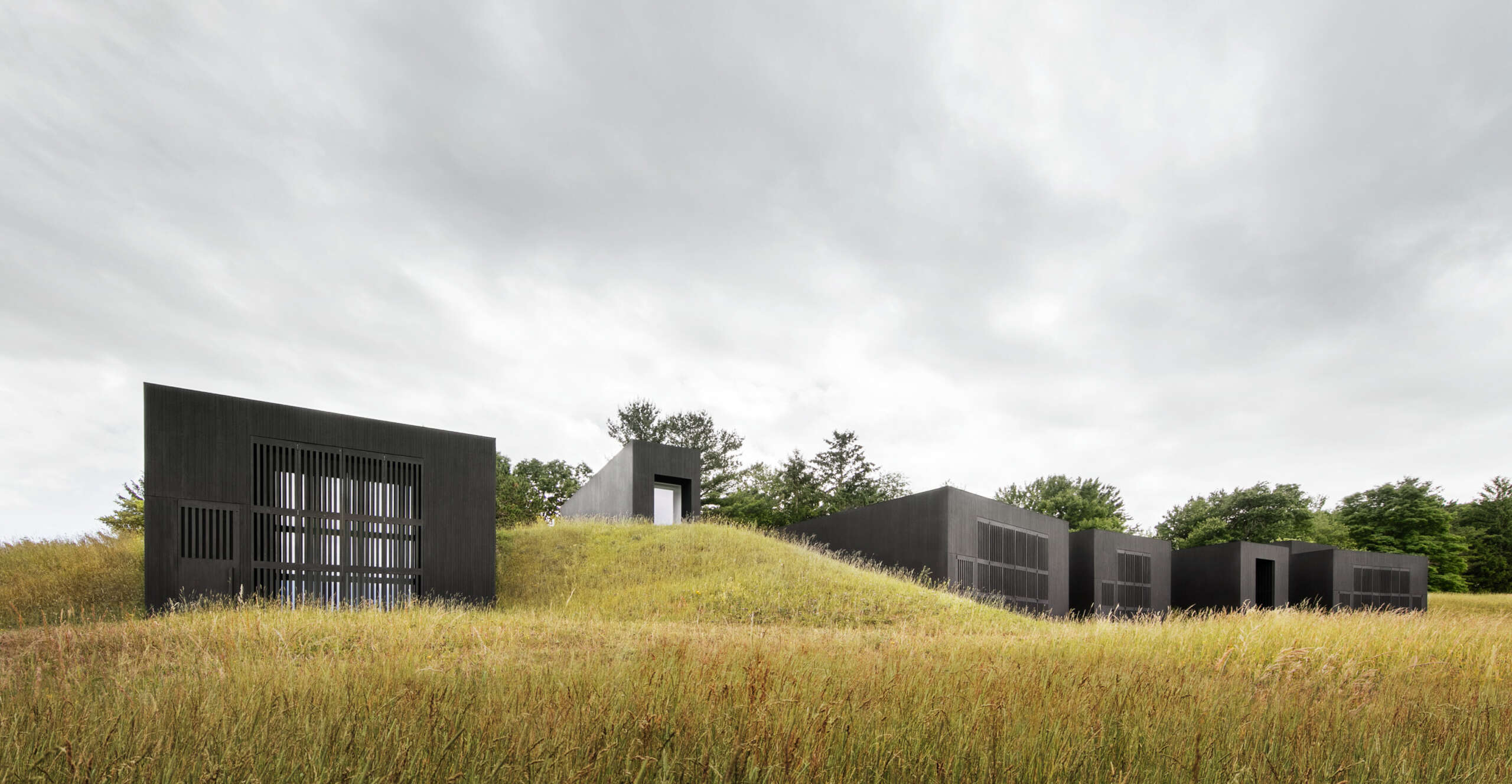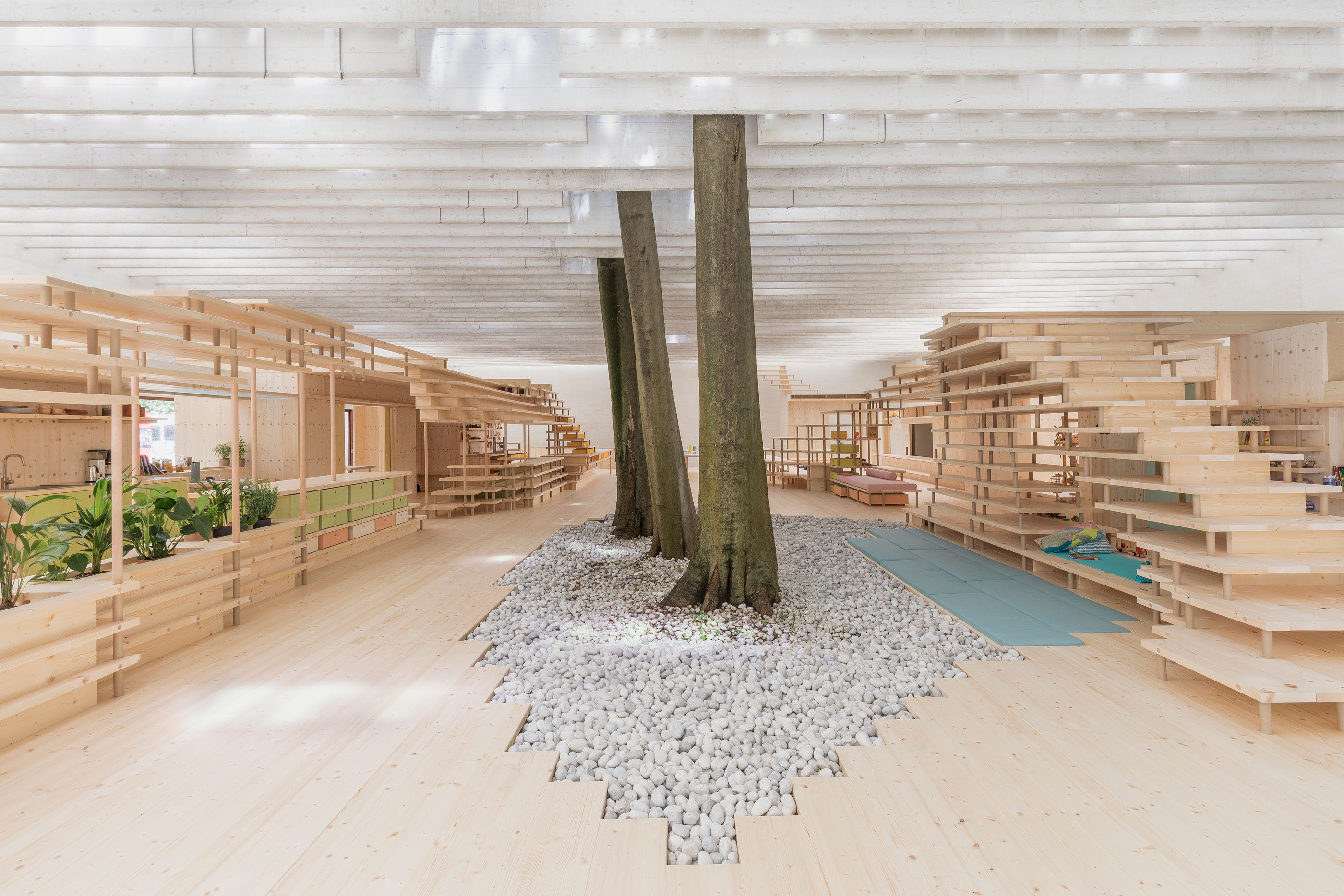
What We Share
Architect: Helen & Hard
Location: 17th International Architecture Exhibition of La Biennale di Venezia
Type: Installation
Year: 2021
Photographs: National Museum of Norway, Chiara Masiero Sgrinzatto, Luca Nicolo Vascon, DSL Studio
The following description is courtesy of the architects. The installation “What we share” is a vision of a sustainable future model for how to build a community and a living environment simultaneously, a place where inhabitants are shareholders and active agents for the development of their residence and what they share. It explores relations between the co-creation of a spatial, material and tectonic living environment, while giving rise to an awareness for what and how we want to share with one another.
The experimental co-housing installation is based on Vindmøllebakken, a unique housing project based on resident participation and sustainable solutions designed by Helen & Hard, realized in Building on the Nordic cohousing model, it combines self-ownership and independent housing units with shared functions and community life. this model was first developed in the Nordic countries in the 1970s and has since spread around the world.
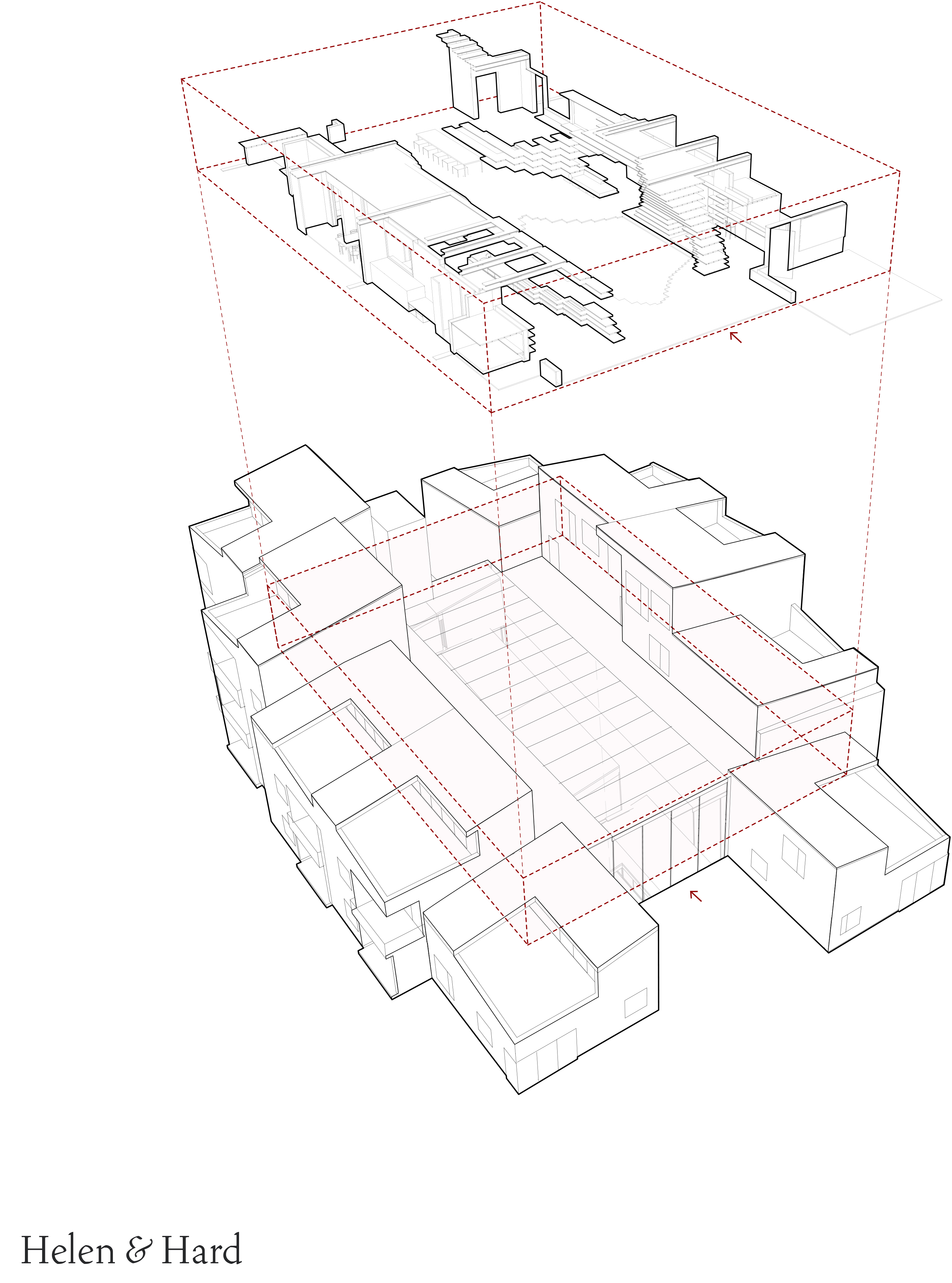
The installation at the Nordic Pavilion showcases a full-scale section of the first floor of a co-living
housing project that includes three interrelated zones. A participatory design process with the current
inhabitants of Vindmøllebakken has contributed to the design of the three zones:
- The private domain and how this can relate to the shared spaces and what parts of the private zone can be shared.
- A sharing layer in front of the apartment that reflects what and how the inhabitants of each apartment want to share and which collective activities they want to unfold.
- A central common space where all the inhabitants can meet that expresses the common interests and desires.
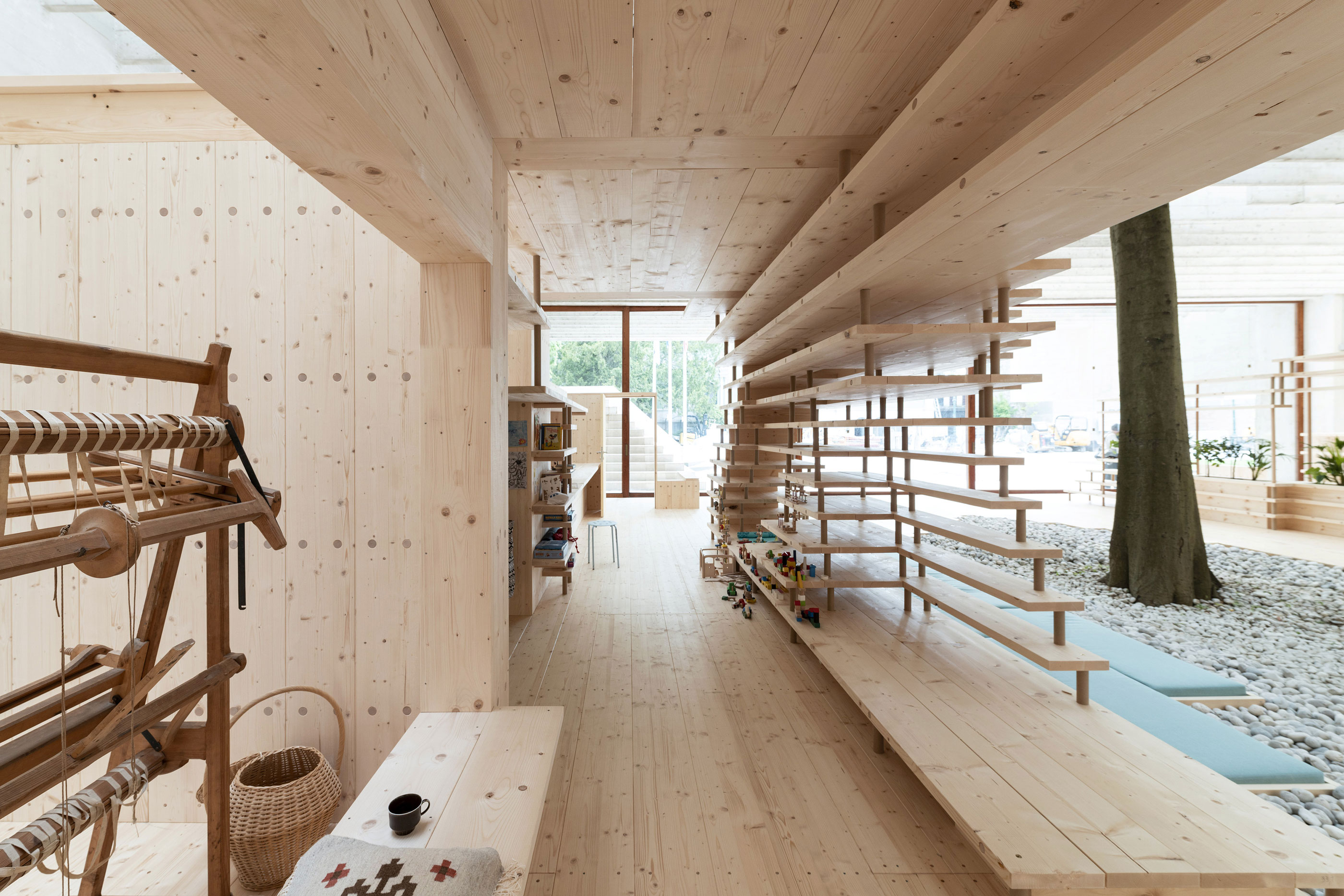
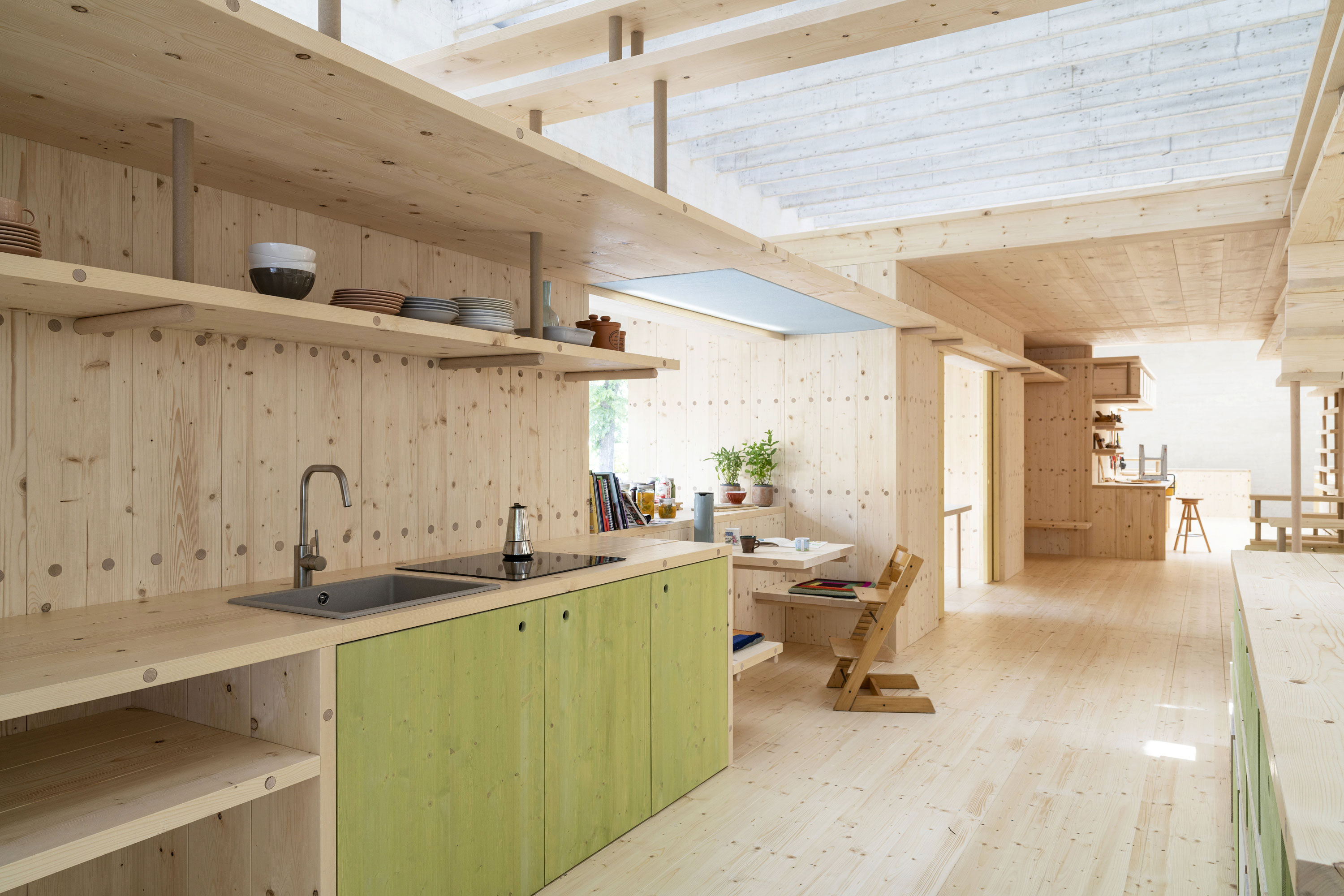
This layered space offers different degrees of privacy and communality, and various options to circulate and dwell undisturbed. The entire spatial organization of the cohousing model is parametrized in order to make changes and user – participation affordable.
The walls and ceiling of the installation is built in a special timber system that consists of solid wooden planks in spruce, that are connected with beech dowels. It is a flexible, environmentally friendly modular system that is easy to assemble and use by the inhabitants to build and rebuild the private and shared structures. Thus making the proposition sustainable and susceptible to change over time.
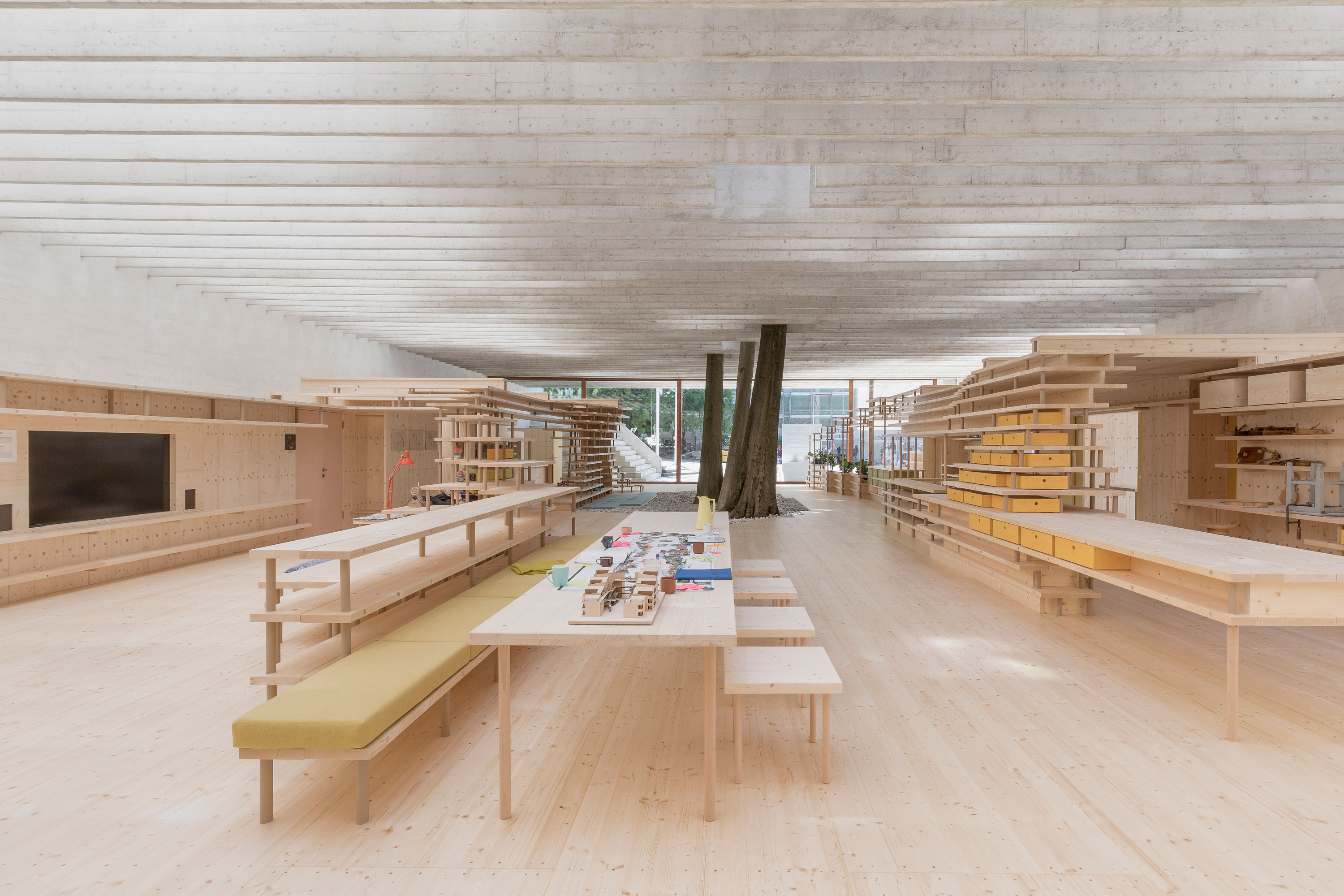
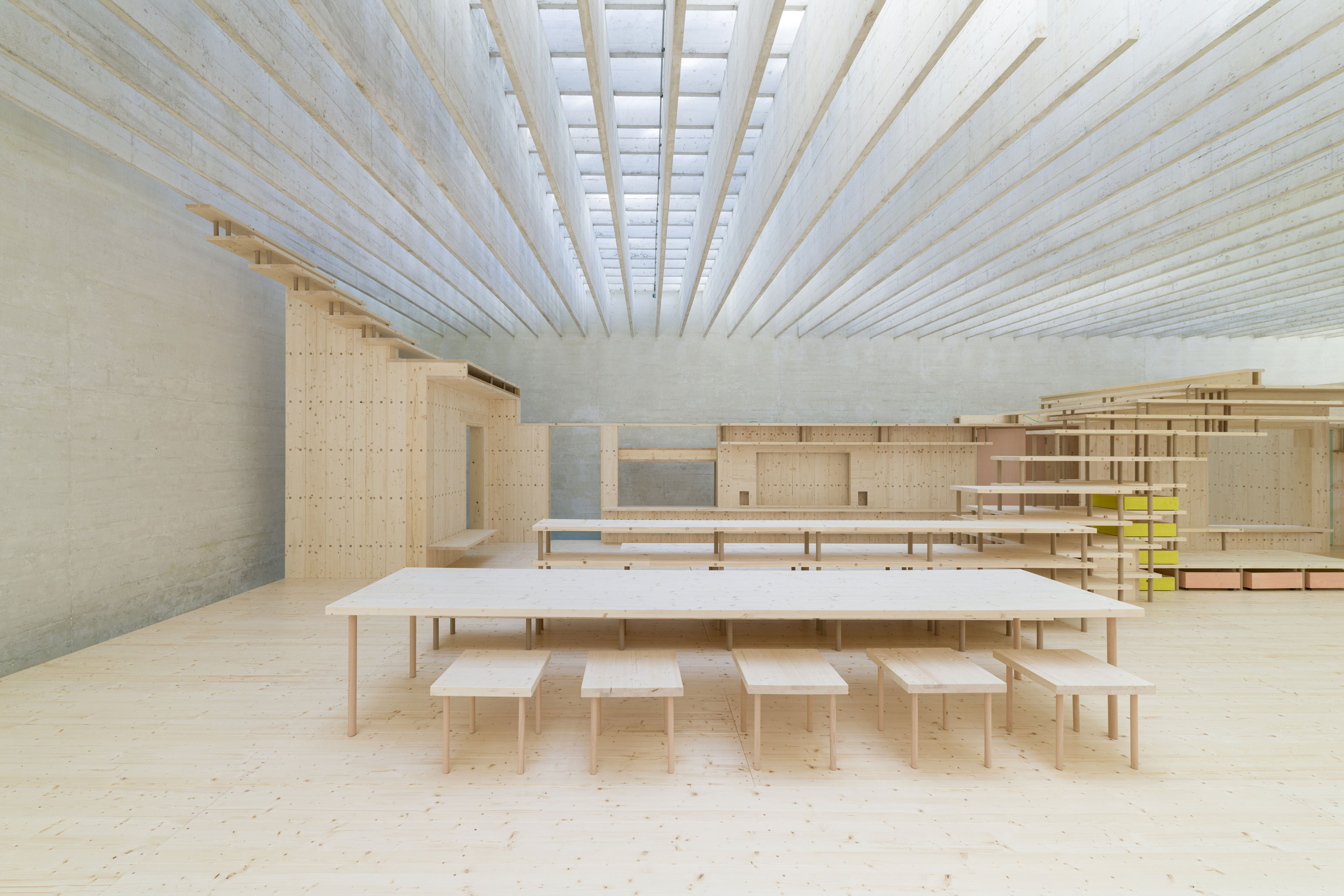
The timber structure is developed in close collaboration with the Swiss engineer Hermann Blumer. Set within the famous pavilion, originally designed by Sverre Fehn in 1959, the structure has been conceived with this site in mind. The low landscape-like installation relates spatially to the ground in order to keep the characteristic light effect of the roof with its fragile brise-soleil in best order. The central common space is designed around the three trees and opens up to both entrances. The horizontal shelf – like timber structure creates a sensual dialogue to the white concrete ribs in the roof and at the same time relates to the trunk of the three trees. The basilica-inspired spatial organization together with the vast roof-structure encourages a contemplative, evocative atmosphere and an environment where the visitor can sensually and intuitively explore the various layers, narratives and atmospheres of the installation.
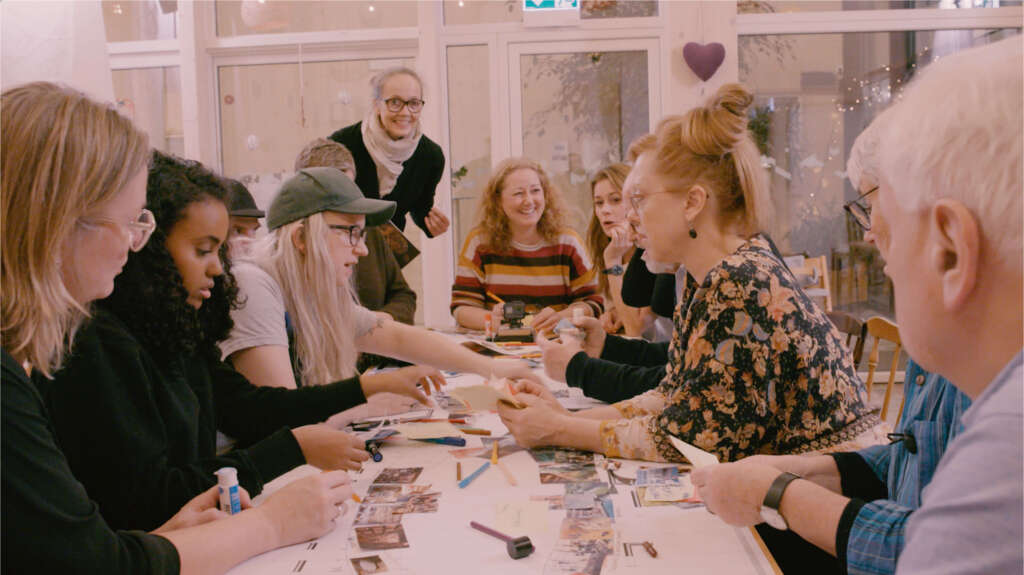
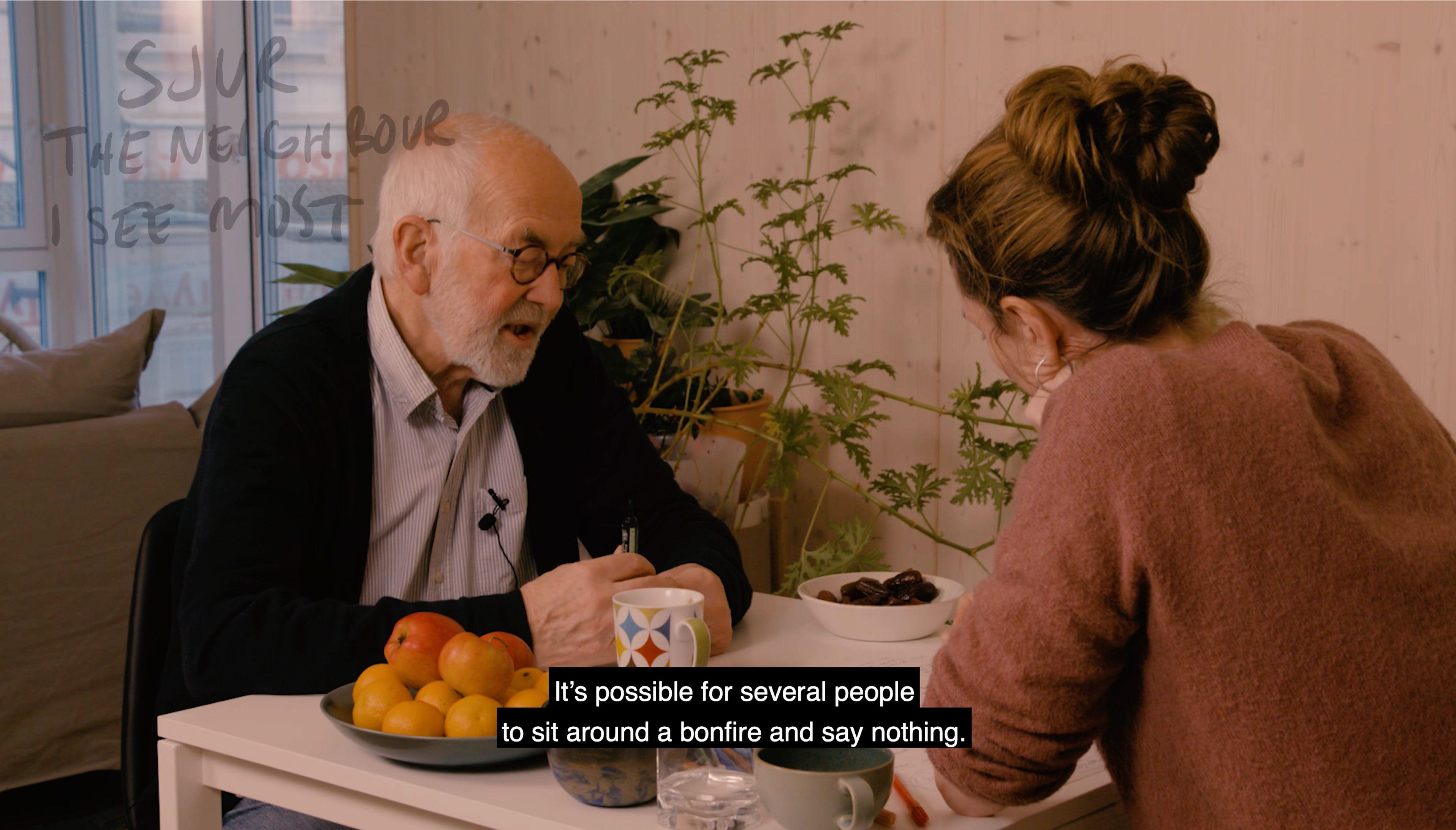
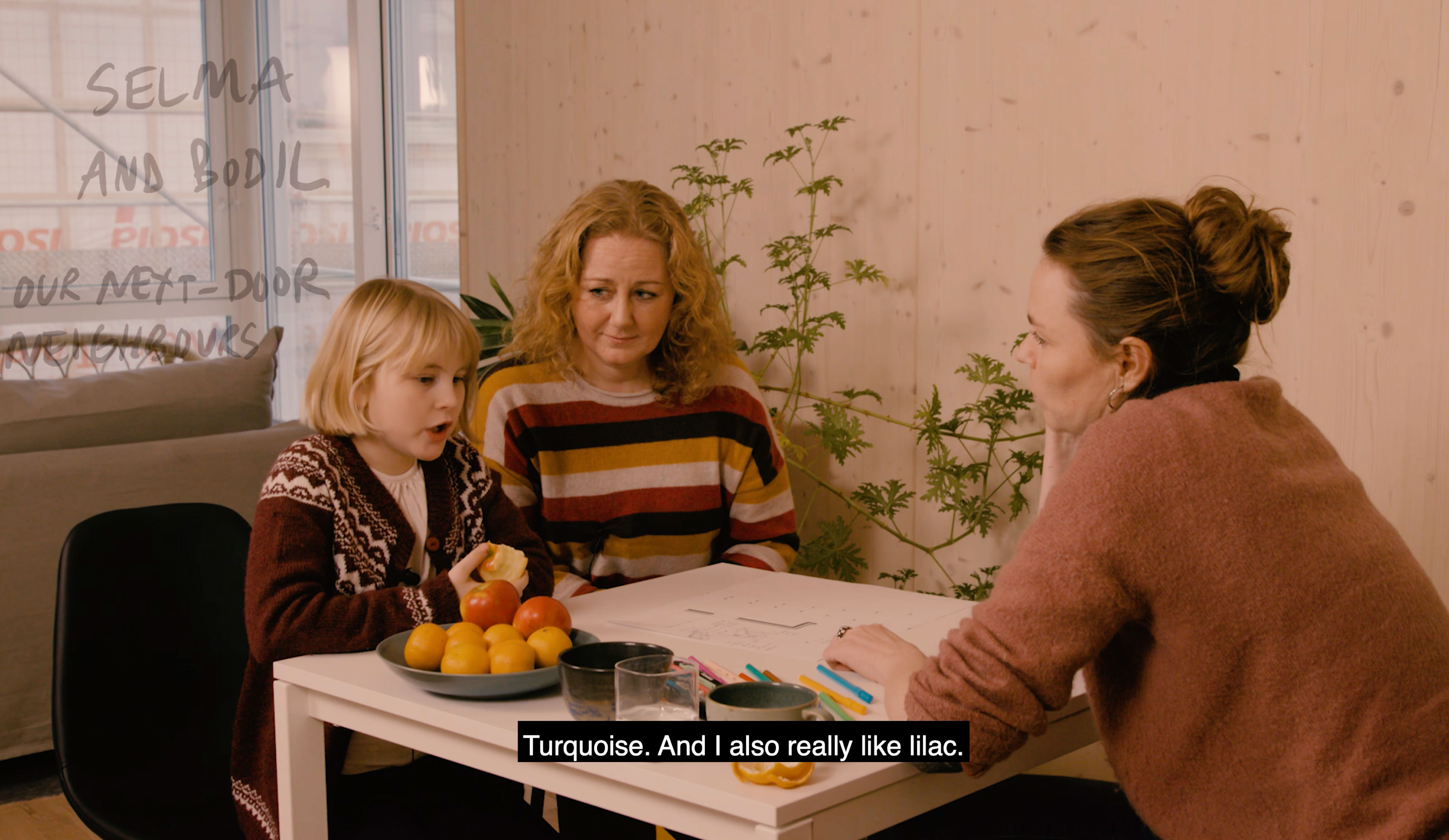
Team Biographies
About Helen & Hard Architects
Founded in 1996, Helen & Hard are a Norwegian architecture office delivering
architectural solutions that serve and inspire people to live sustainably. Working
across their two locations in Stavanger and Oslo, Helen & Hard’s multicultural team
creatively engage with sustainability, not only in the design of spaces, but also in the
conception and organisation of the design process. Their rich experience ranges
from the creation of remote cabins to largescale urban design developments, with the
Helen & Hard approach moving away from a solely technical and anthropocentric
view, allowing their projects to unfold in relation to their physical, social, cultural and
economic context. They extensively utilise and celebrate timber as a building
material, with a portfolio including their Ratatosk project which appears in London’s
V&A museum. In 2021, Helen & Hard were selected to represent the Nordic Pavilion
at the Venice Biennale, exhibiting their co-living designs based upon their impressive
Vindmøllebakken project in response to the question: ‘How will we live together?’
About SHS
Siv Helene Stangeland is a Norwegian architect and researcher based in Stavanger,
Norway. She studied at the Technical University in Barcelona ETSAB and at the Oslo
School of Architecture and Design AHO, learning from renowned architects Sverre
Fehn and Christian Norberg-Schulz. A graduate of the creative practise PHD at
Århus School of Architecture under the Adapt-r program, Siv has extensive teaching
experience, lecturing widely at AHO, NTNU (Trondheim), Chalmers University
(Gothenburg), KTH (Stockholm), Sheffield University and Bartlett School of
Architecture (London). Together with Reinhard Kropf, she founded the architectural
office Helen & Hard in 1996.
About RK
Reinhard Kropf is an Austrian architect and researcher based across Stavanger and
Oslo in Norway. He studied at both TU GRAZ and the Oslo School of Architecture
and Design AHO under renowned architect Sverre Fehn. Reinhard specialises in the
design and construction of timber architecture and has extensive teaching
experience, lecturing widely at AHO, BAS (Bergen), Chalmers (Gothenburg), Lécole
dárchitecture (Paris) and Hust University (China). His work gained him a guest
professorship at Kansas State University and, together with Siv Helene Stangeland,
he founded the architectural office Helen & Hard in 1996.

